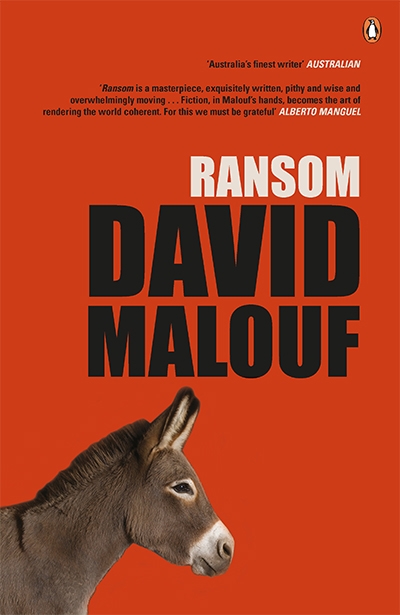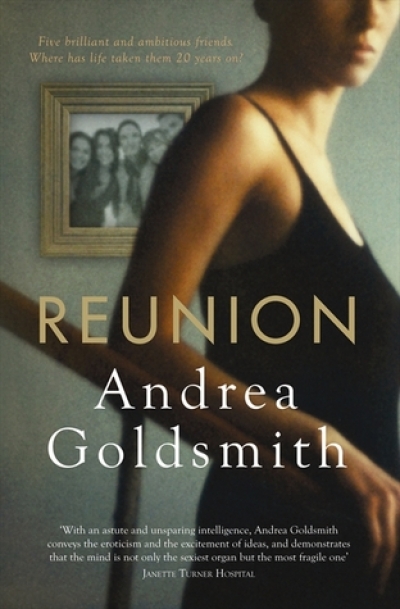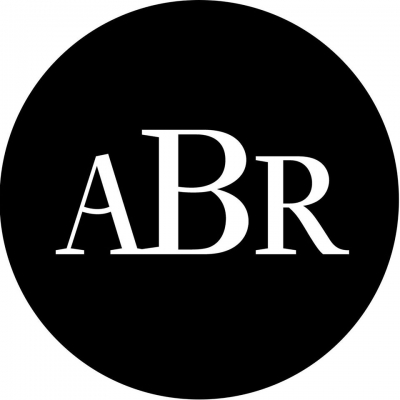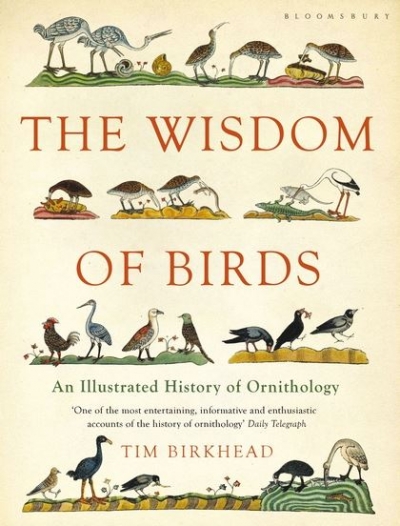Archive
There was a party when I first came to this country. The table was heavy with plates of pizza and chicken balls and Turkish dips with sticks of celery that no one touched. Balloons clustered on the ceiling, trying to escape the heat of the room. A badly lit fire in the fireplace sent out curls of smoke, and a double-bar radiator sat burning in the opposite corner.
‘This is my Filipino brother-in-law, Enrico,’ Alan said each time he introduced me, grasping my arm or giving me a playful punch. At that point, the person I was meeting would clap my shoulder and say, ‘Welcome to Australia!’ as if they had rehearsed this gesture for my arrival.
... (read more)Fingerprints have associations of guilt, but the footprint traditionally speaks of innocence. Think of Good King Wenceslas and his pageboy, crossing the moonlit snow to deliver food and fuel to the poor:
Mark my footsteps, good my page,
Tread thou in them boldly
Thou shalt find the winter’s rage
Freeze thy blood less coldly.
I have never been good at violence. Not even at mild arguments. So when the brick came smashing through our bedroom window in the middle of the night,I leapt from our bed and screamed. Our children came running in, more worried and frightened by the noise I had made than by the brick or by the glass scattered on our floor. This is all history now. Well, not quite. A ...
DIAMETRIC OPPOSITES
Dear Editor,
I concur with Daniel Thomas’s high opinion of the collection of Eva and Marc Besen and of their TarraWarra Museum, and share his admiration of the essays by Christopher Heathcote and Sarah Thomas in his review of Encounters with Australian Modern Art (February 2009).
...To be alone in the wide room
in the house’s crooked elbow, turning point
for extensions as the family grew
and grew – and grew – to be alone in the one room
nobody needed now, though it might be resumed
like land, for guests or blow-ins, at any moment,
without notice (and that was part of
the appeal, the very tenuous feel of the place) to play the ...
The Best American Essays 2008 edited by Adam Gopnik & The Best Australian Essays 2008 edited by David Marr
The past is in Scotland
Dear Editor,
Christina Hill’s review of Peter Goldsworthy’s latest novel, Everything I Knew (November 2008), seems sure-footed in both its negative assessment of an ‘overwrought, undisciplined’ work and its appreciation of the novel’s compositional play, both intricate and subversive, with L.P. Hartley’s The Go-Between. It makes no mention, however, of the novel’s pointed intrigue with lyricism.
... (read more)




